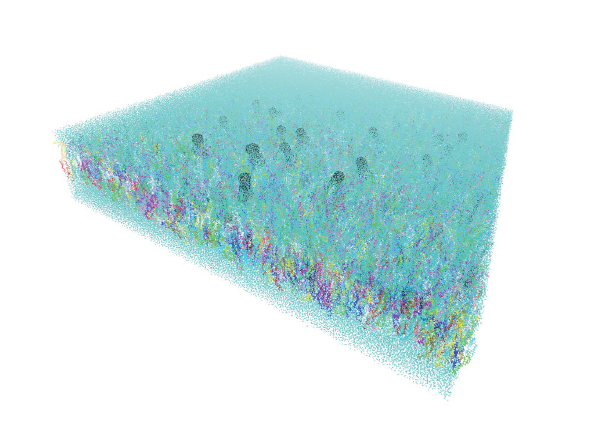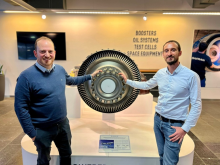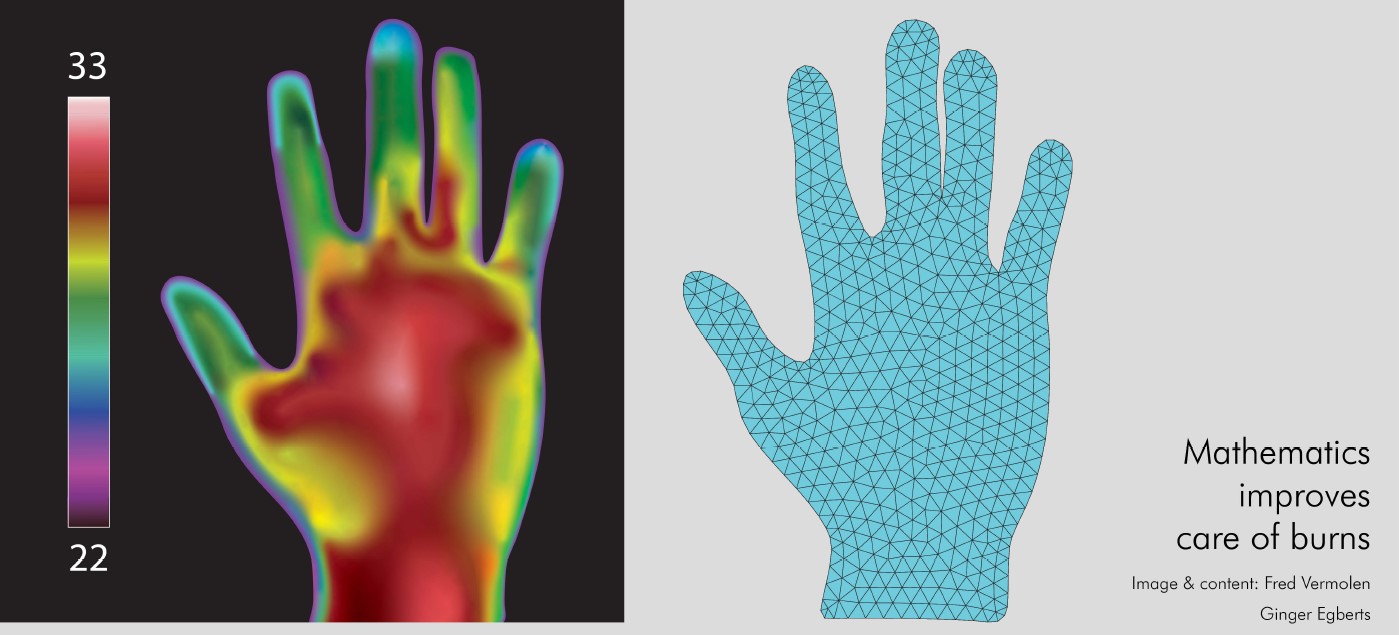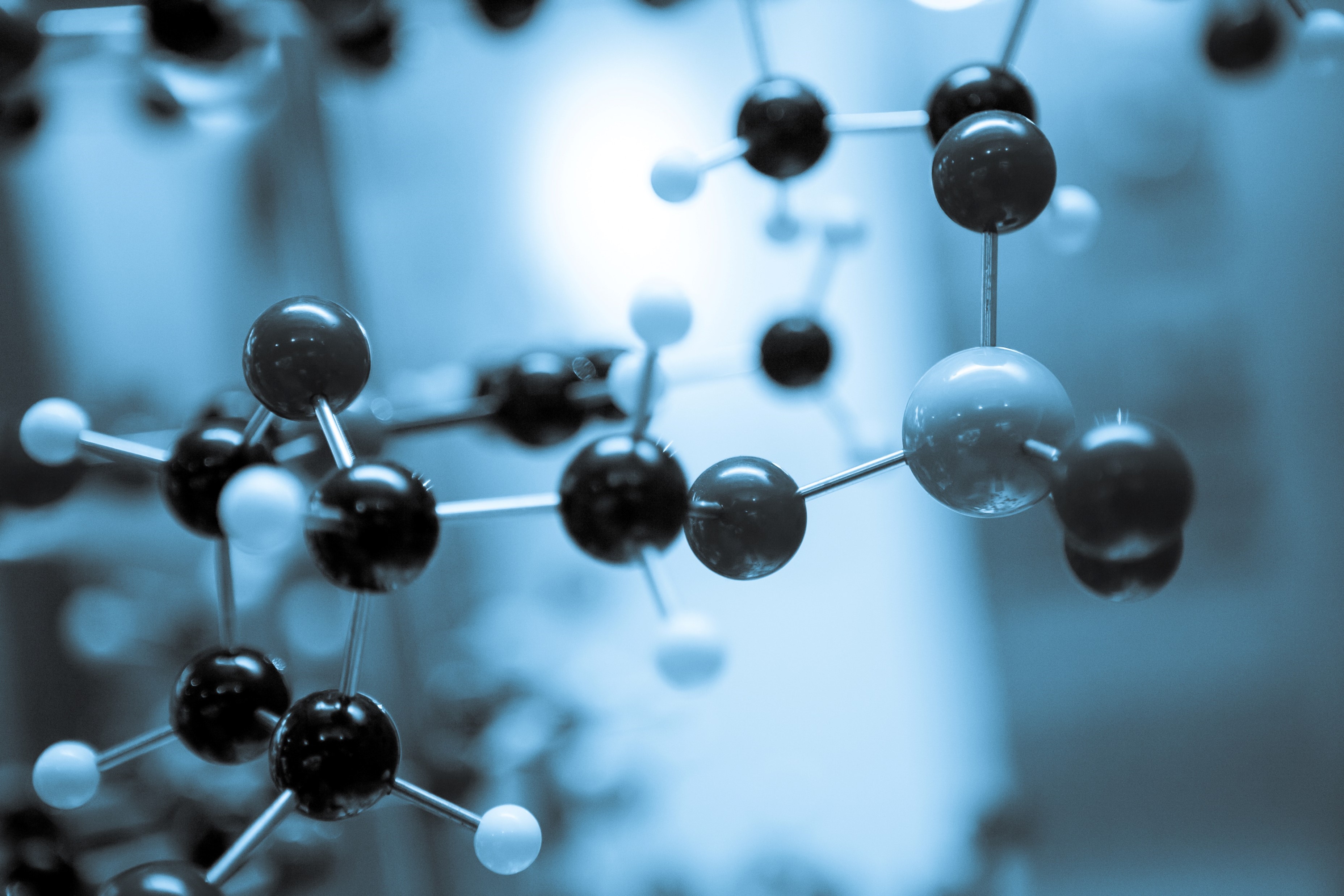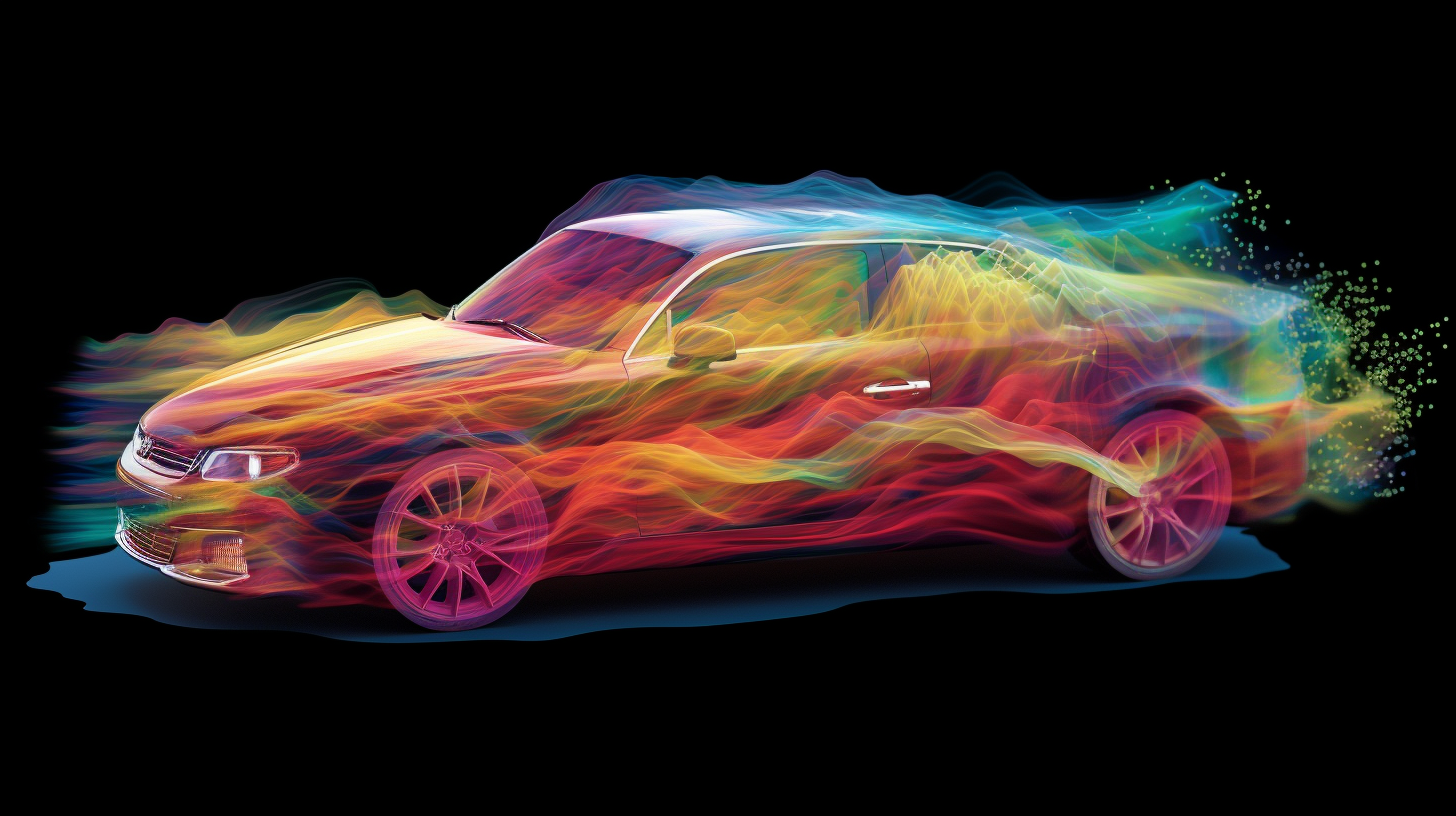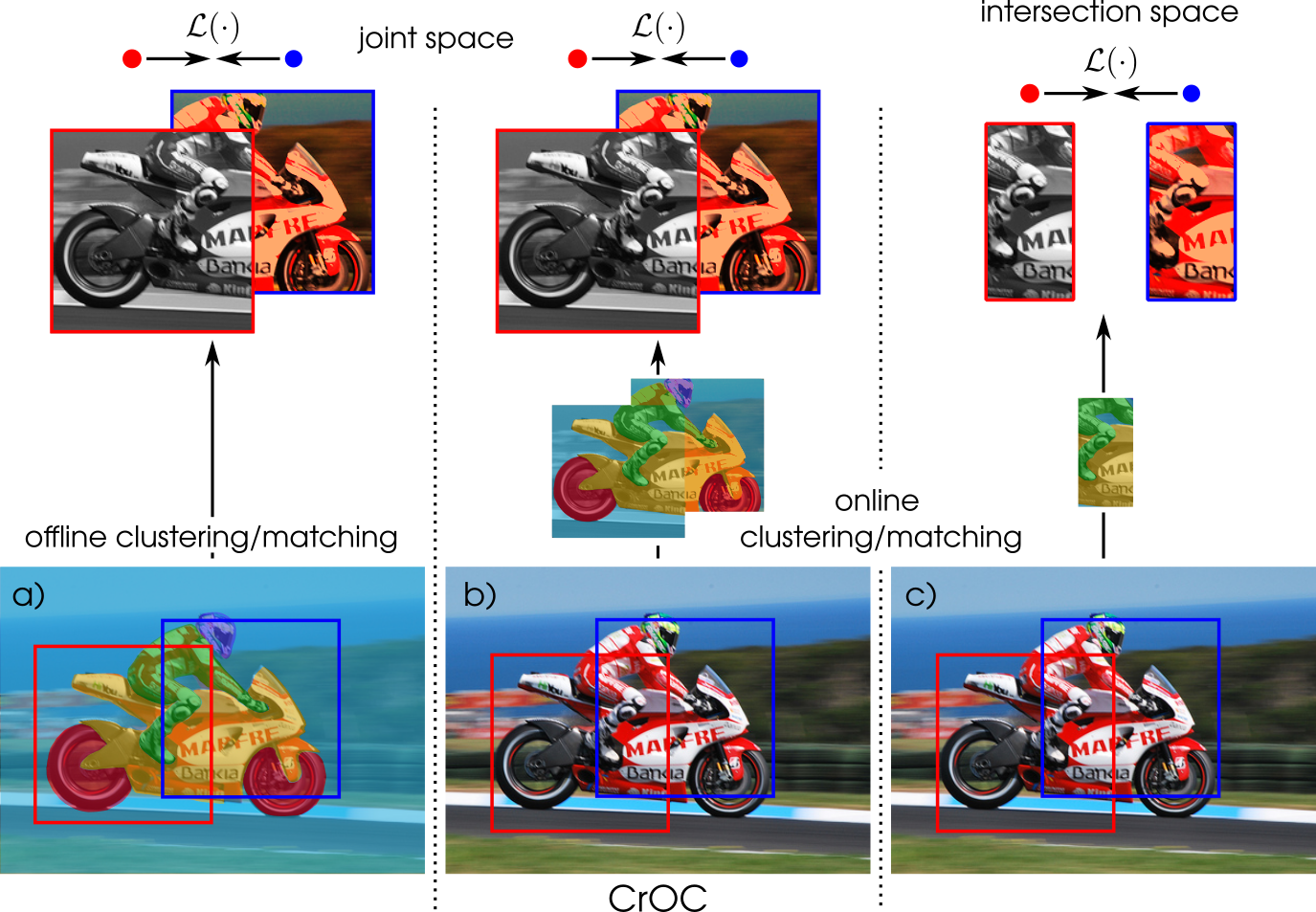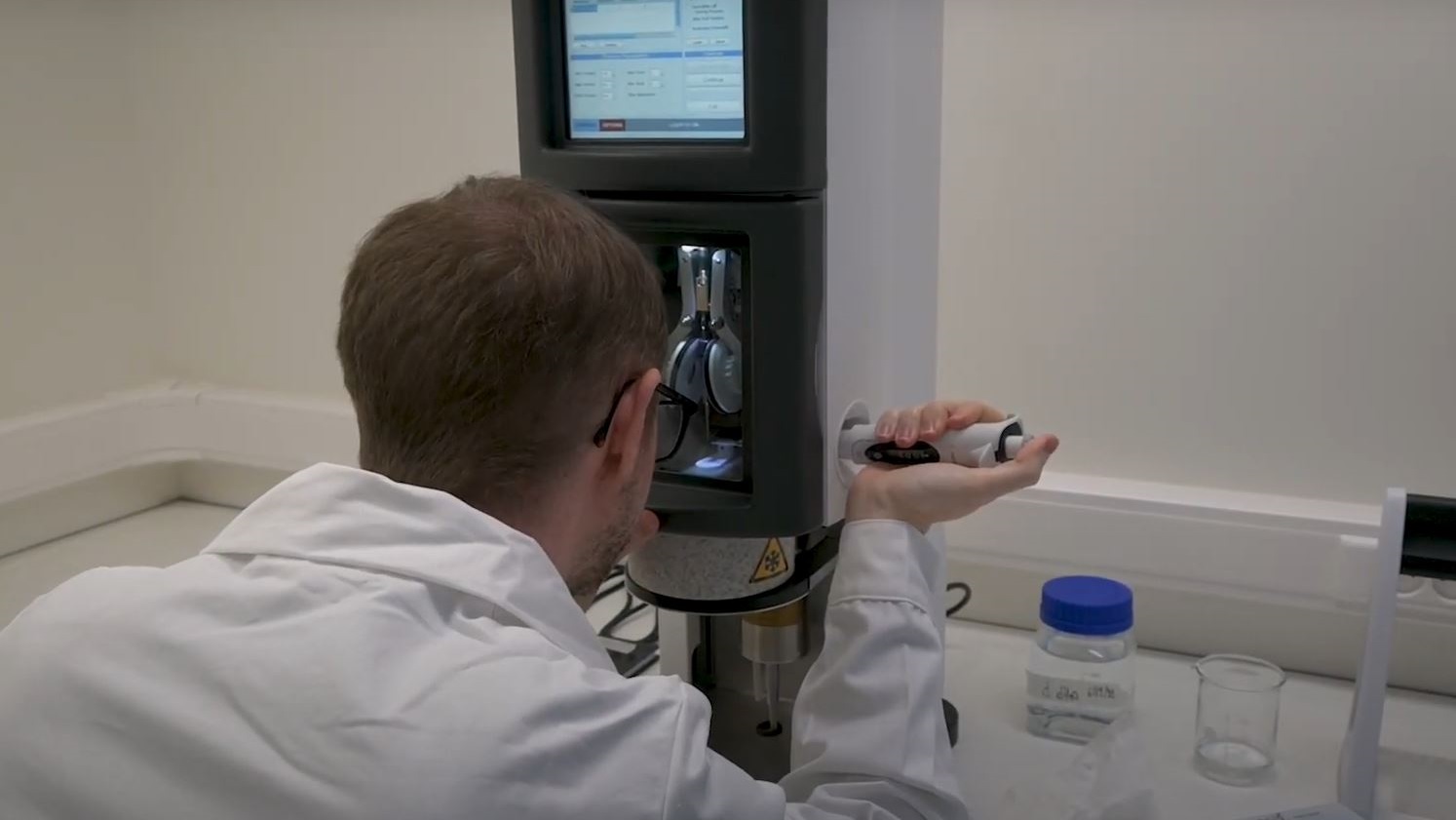User Story: Enhancing River Health with supercomputing: the approach of Antea Group Belgium Powered by a VSC Grant
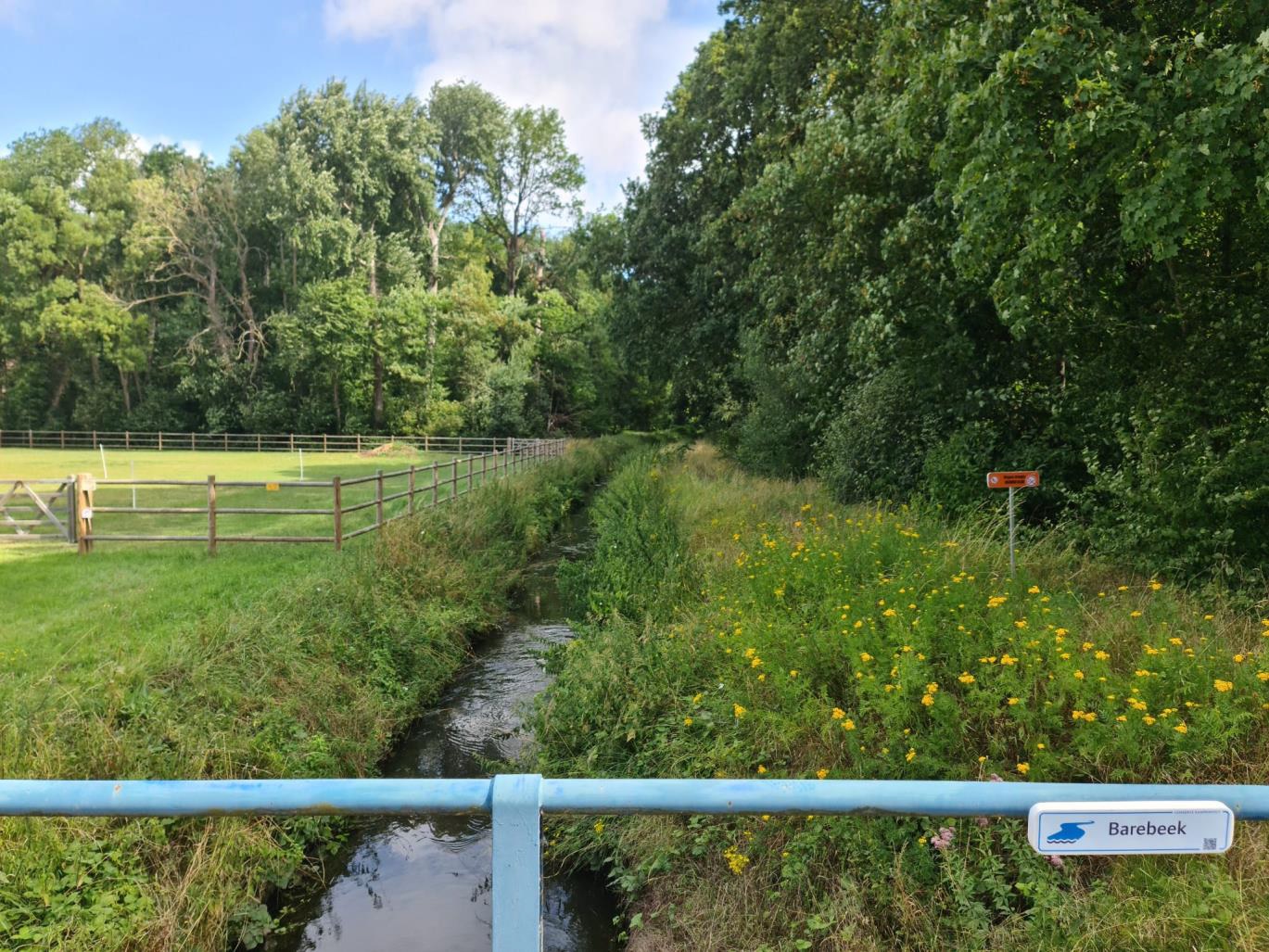
Find out in this user story how Antea Group Belgium got jump-started on the Tier-1 infrastructure with an exploratory grant of the Vlaams Supercomputer Centre (this VSC grant offers companies the opportunity to test their software on the Tier-1 supercomputer and determine how much compute time to purchase.)
Antea Group Belgium uses computer models to simulate rivers' hydrological, hydrodynamic, and hydro-morphodynamic processes. For example, through simulations, they study how the Barebeek, a small but essential river between Brussels and Mechelen, behaves and changes due to water movement and the shape of the river bed. Detailed projects like these show how river modelling can make a difference in protecting society, saving the environment, and keeping our infrastructure safe.
